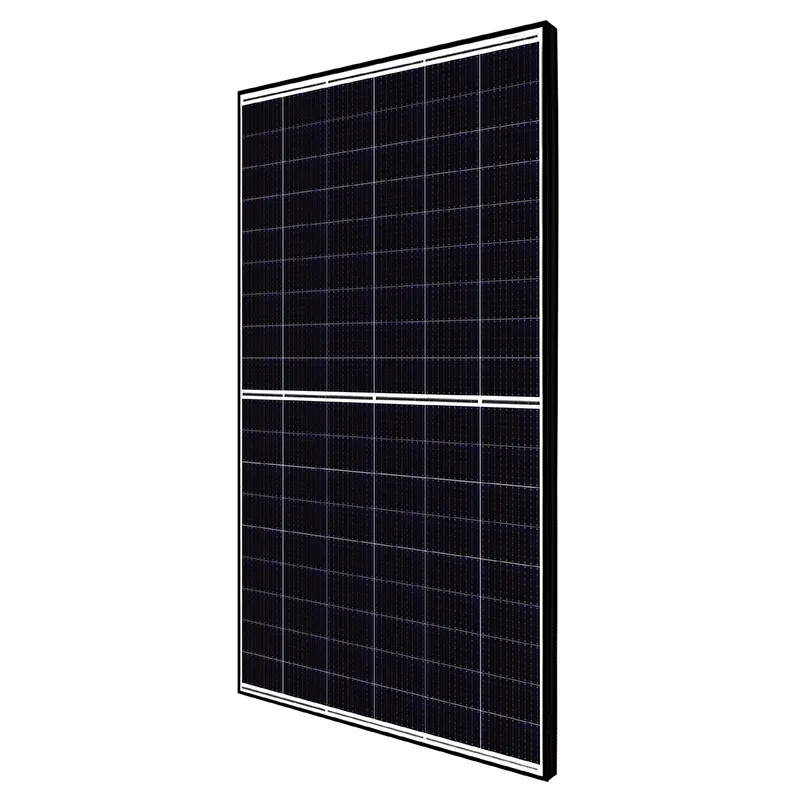solar string inverter
Understanding Solar String Inverters An Essential Component of Solar Energy Systems
In recent years, the shift towards renewable energy sources has gained significant momentum, with solar power leading the charge. Among the various components that make up a solar energy system, solar string inverters play a crucial role in optimizing the efficiency and effectiveness of solar energy conversion. This article delves into what solar string inverters are, how they function, their advantages, and their impact on solar energy systems.
What is a Solar String Inverter?
A solar string inverter is a device that converts the direct current (DC) generated by solar panels into alternating current (AC), which is usable for home appliances and can be fed into the electrical grid. Solar panels generate DC electricity when exposed to sunlight, but most household appliances and the grid itself operate on AC. Therefore, the inverter is an essential component that facilitates this conversion process, enabling consumers to utilize solar energy effectively.
How Do Solar String Inverters Work?
In a typical solar panel arrangement, multiple panels are connected in series to form a string. The solar string inverter is then connected to this string of panels. When sunlight hits the solar panels, they generate DC electricity, which flows to the inverter. The inverter’s internal circuitry transforms this DC electricity into AC electricity, usually at the standard voltage of 120V or 240V, depending on the local requirements.
Solar string inverters often incorporate Maximum Power Point Tracking (MPPT) technology, which allows them to adjust the output of the solar panels to maximize energy production. By continuously monitoring the voltage and current, MPPT algorithms ensure that the inverter extracts the maximum amount of power from the solar panels, improving overall system efficiency.
Advantages of Solar String Inverters
1. Cost-Effective Solution Solar string inverters tend to be more affordable than other inverter types, such as microinverters or power optimizers. This makes them an attractive option for many residential and small commercial solar installations.
solar string inverter

2. Simplicity and Ease of Installation With fewer components involved, solar string inverters simplify the installation process. Installers can connect multiple strings of panels to a single inverter, which can lead to a quicker and less expensive installation.
3. Efficiency Thanks to the MPPT technology, solar string inverters can significantly enhance the efficiency of solar energy systems. By optimizing energy conversion even on cloudy days, they help maximize energy output.
4. Scalability If a homeowner wishes to expand their solar system in the future, it is relatively easy to add more panels to the existing strings. However, it’s important to ensure that the inverter can handle the additional load.
5. Robust Monitoring Capabilities Many solar string inverters come equipped with monitoring software that allows users to track the performance of their solar system in real-time. Homeowners can see how much energy their system is generating and identify any issues that may arise.
Challenges and Considerations
While solar string inverters provide numerous benefits, they are not without their challenges. One major concern is the impact of shading. If one panel in a string is shaded, it could affect the output of the entire string; this is a limitation compared to microinverters, which operate independently at the panel level. Additionally, because a string inverter is centralized, if it fails, the entire string may become non-operational until repairs are made.
Conclusion
Solar string inverters represent a vital component in the efficiency and functionality of solar energy systems. Their ability to convert DC to AC, while optimizing energy production through advanced technology, makes them a popular choice for many solar installations. Despite some limitations—such as susceptibility to shading and centralized failure—solar string inverters continue to be an effective and cost-efficient solution for homeowners and businesses aiming to embrace renewable energy. As technology continues to evolve, the role of solar string inverters will undoubtedly expand, further supporting the transition to sustainable energy.
-
Unlocking Energy Freedom with the Off Grid Solar InverterNewsJun.06,2025
-
Unlock More Solar Power with a High-Efficiency Bifacial Solar PanelNewsJun.06,2025
-
Power Your Future with High-Efficiency Monocrystalline Solar PanelsNewsJun.06,2025
-
Next-Gen Solar Power Starts with Micro Solar InvertersNewsJun.06,2025
-
Harnessing Peak Efficiency with the On Grid Solar InverterNewsJun.06,2025
-
Discover Unmatched Efficiency with the Latest String Solar InverterNewsJun.06,2025







